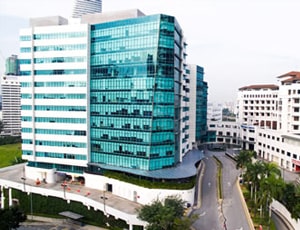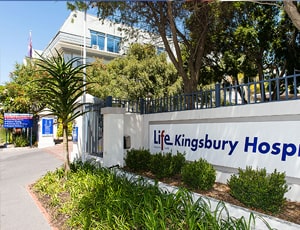Among all the forms of common cancers, it has been found that pancreatic cancer has the poorest prognoses. This reason can be attributed to the cancer growing and spreading long before it starts showing any visible symptoms. A survey revealed that only 6 percent patients survive for more than five years after their diagnosis. For some patients, a very complicated surgery known as the Whipple's procedure will be able to extend life and can be counted as a potential cure. After undergoing Whipple's surgery the five-year rate of survival can be increased to 25 percent.
People who are suffering from pancreatic cancer are eligible for the Whipple’s operation. People who have tumors confined to the pancreatic head and the blood vessels, lungs, and livers or the abdominal cavities are still not affected and are recommended to undergo this procedure after intensive testing and evaluation.
People with benign tumors are also recommended to undergo the procedure. For patients who are suffering from metastasis, this procedure is not recommended. Cancer in the ampulla, the region where the pancreatic duct and bile duct enter, can also be treated.
Whipple's operation is conducted in the head of the pancreas. During the surgery, a segment of the duodenum, bile duct, and gallbladder is removed. In some cases, a portion of the stomach may also be removed. After these segments are removed, the remaining pancreas, bile duct, and even portion of the intestine will be sutured back to the main intestine to direct the secretion of the gastrointestinal segment into the gut. The Whipple& procedure for pancreatic cancer is long and has several complications associated with it.
A doctor may recommend you to undergo Whipple operation for the treatment of the following conditions:
Before the actual procedure, the surgeon will first make a thorough evaluation of your health condition. This is done for two purposes. First, it helps analyze whether you are healthy enough to undergo a surgery. Secondly, it helps figure out which approach of Whipple operation would be the best to treat the condition of the patient.
The following are the three approaches through which a Whipple procedure may be conducted:
Laparoscopic and robotic surgeries are minimally invasive procedures that allow for minimal healing time, quicker recovery, minimal hospital stay, and less pain.Irrespective of the approach used
The following are some of the things that you will be required to do before the surgery:
The operation is considered quite complex and therefore, the patient is required to stay in the hospital for one or two weeks with first night spent in ICU. Fatigue is common during Whipple’s procedure recovery phase for the first two months and follow-up occurs once in a week. This is followed by chemotherapy and radiation therapy in the case of cancer.

Tel Aviv, Israel
Assuta Medical Center is a leading private hospital in the capital city of Tel Aviv in Israel. Assut...more
![]() Accommodation
Accommodation
![]() Airport Transfer
Airport Transfer
![]() Choice of Meals
Choice of Meals
![]() Interpreter
Interpreter

Kuala Lumpur, Malaysia
History Parkway Pantai Hospital in Kuala Lumpur, Malaysia is operating under the Parkway Pantai gro...more
![]() Accommodation
Accommodation
![]() Airport Transfer
Airport Transfer
![]() Choice of Meals
Choice of Meals
![]() Interpreter
Interpreter

Cape Town, South Africa
In 2014, the long-awaited union of Life Claremont and Life Kingsbury Hospital took place, putting th...more
![]() Accommodation
Accommodation
![]() Airport Transfer
Airport Transfer
![]() Choice of Meals
Choice of Meals
![]() Interpreter
Interpreter

Oncologist
Ghaziabad, India
17 Years of experience
USD 28 for video consultation

General & Laparoscopic Surgeon
Delhi, India
25 Years of experience
USD 45 for video consultation

Gastrointestinal Surgeon
Delhi, India
of experience
USD 32 for video consultation

General Laparoscopic Surgeon
Delhi, India
18 Years of experience
USD 28 for video consultation
Q: How many hours does it take to conduct Whipple procedure?
A: The surgery usually lasts anywhere between five to eight hours.
Q: What is a Whipple diet?
A: Whipple’s procedure, also known as pancreaticodudectomy, is a demanding procedure as it requires the patient to follow a strict diet after the surgery. This is because the pancreas and a part of the small intestine and sometimes, stomach are removed during the procedure. Therefore, digestion is affected.
Q: Can I drink alcohol after the pancreas surgery?
A: Drinking alcohol is strictly prohibited for at least a few months after the surgery. You must seek approval from your doctor as to when it is safe to consume alcohol.
Q: Can a person live without a pancreas?
A: It is absolutely possible to live without a pancreas. However, an individual who no longer has a pancreas may develop diabetes after its removal.
Q: Can someone die of pancreatic cancer?
A: It is estimated that more than 95 percent of the patients diagnosed with pancreatic cancer die from it. This is because it is mostly diagnosed in the advanced stages.